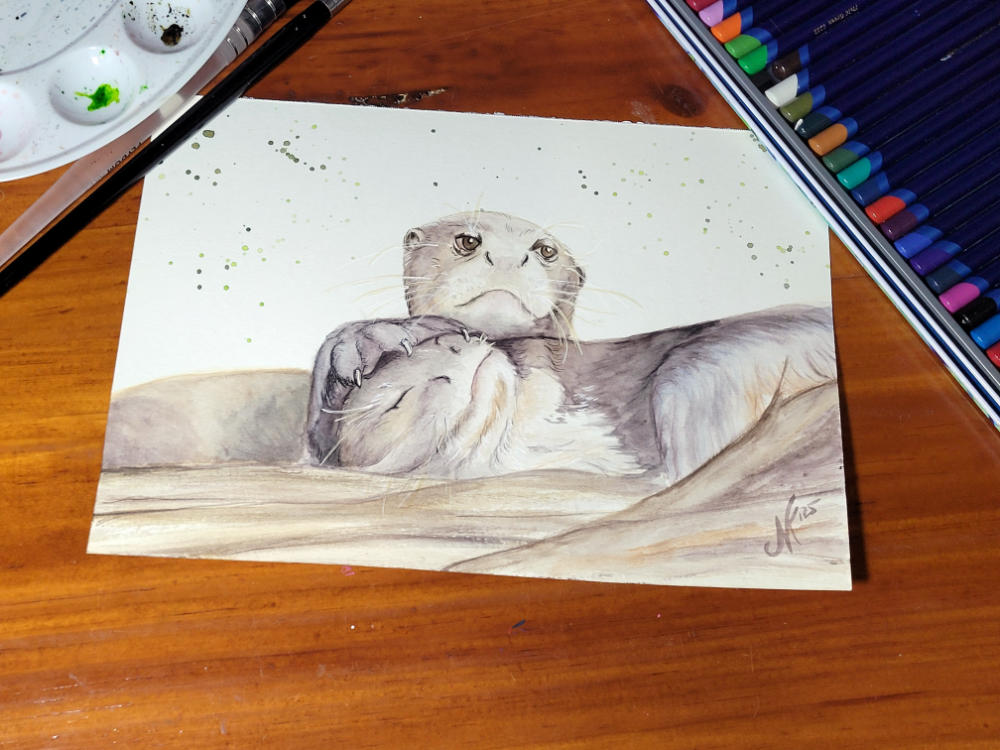
Meet the Giant River otter
The Giant River Otter (Pteronura brasiliensis) is the largest and most social otter on Earth. With their sleek, muscular bodies, webbed feet, and charismatic group dynamics, these apex predators rule the freshwater ecosystems of South America. They can only be found in remote rivers and wetlands. Giant River Otters enchant observers with their vocal chatter and cooperative hunting strategies. But what makes these aquatic mammals so vital to their environment?
Scientific Name: Pteronura brasiliensis
Phylum: Chordata
Order: Carnivora
Genus: Pteronura
Kingdom: Animalia
Class: Mammalia
Family: Mustelidae
Species: P. brasiliensis
IUCN Redlist Status:

Fur of a Champion
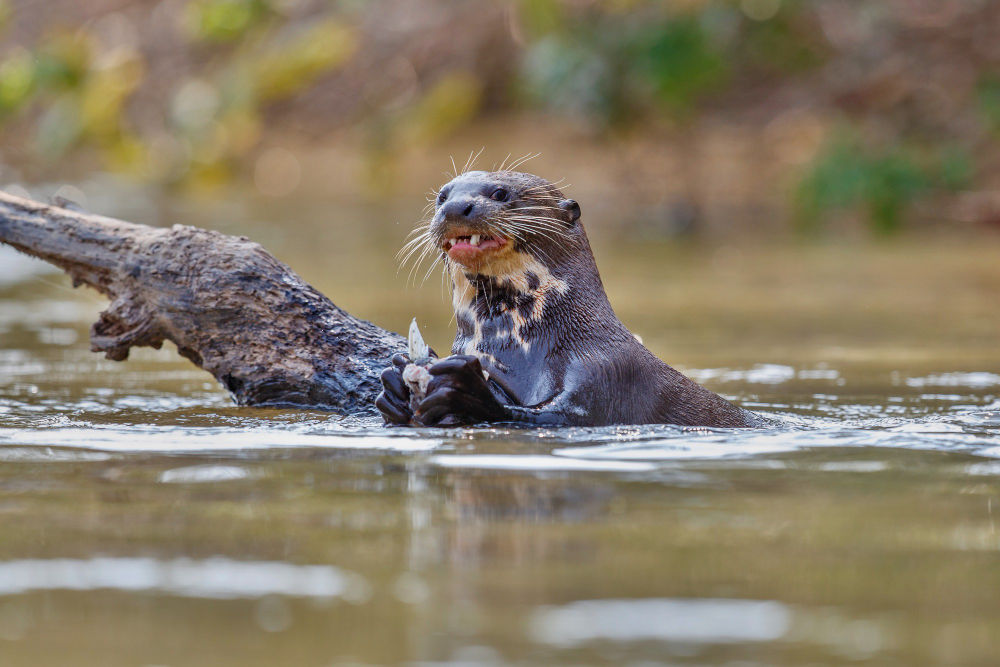
Giant River Otters are unmistakable. They grow up to 6 feet long and weigh over 70 pounds, making them the longest members of the weasel family. Their velvety, water-repellent fur ranges from dark brown to reddish, with a unique white or cream throat patch that acts like a fingerprint. No two patterns are alike! Their streamlined bodies, flattened tails, and fully webbed feet make them agile swimmers. Long whiskers help detect prey in murky waters.
These otters are also highly vocal, using a repertoire of squeaks, snorts, and hums to communicate with their family groups. Their sharp teeth and powerful jaws can crush fish and even small caimans! They truly deserve the role as top predators.
Where Do They hang out?
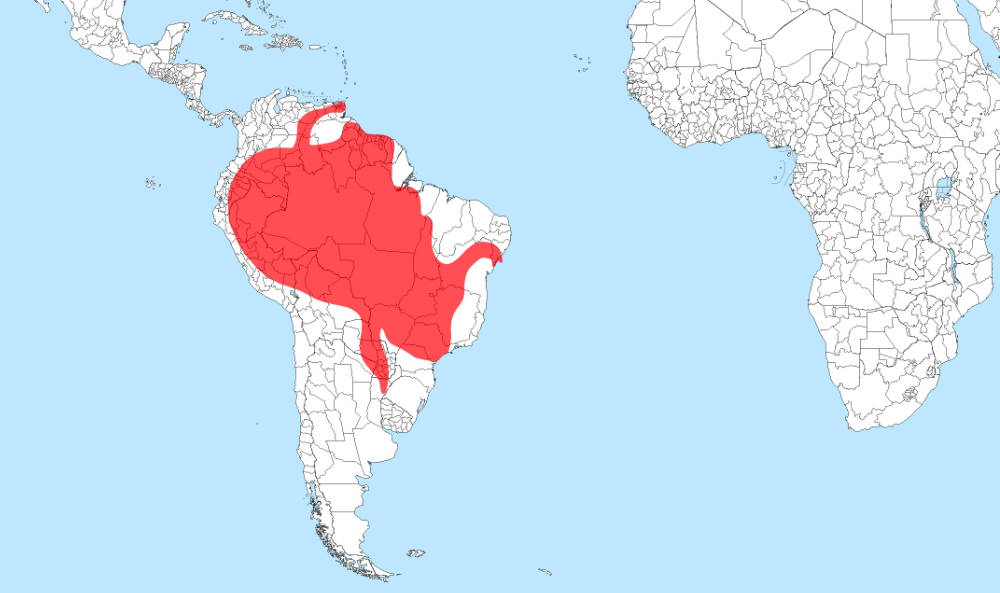
Giant River Otters are endemic to South America’s freshwater systems, including the Amazon, Orinoco, and La Plata basins. They thrive in oxbow lakes, slow-moving rivers, and seasonal wetlands with dense vegetation. Clean water and abundant fish are critical. Hence, they avoid polluted or overfished areas. Dens are built into riverbanks, often with multiple entrances for quick escapes.
A Feast Fit for a Otter

Giant River Otters are fish specialists, devouring piranhas, catfish, and characins. To improve success, they hunt in coordinated family groups. Together, they herd fish into shallow water before they strike with precision. A single otter can eat up to 10% of its body weight daily! They also snack on crustaceans, snakes, and even small caimans, using their dexterous paws to handle prey.
Masters of Teamwork

Social Superstars: Unlike solitary otters, Giant River Otters live in tight-knit family groups of 2–15 members, led by a dominant breeding pair.
Vocal Virtuosos: They use 22 distinct vocalizations to coordinate hunts, warn of predators, or greet each other.
Ecosystem Engineers: By controlling fish populations, they maintain healthy waterways.
Their playful nature, sliding down mudbanks or wrestling, strengthens social bonds. However, they fiercely defend their territories from rival groups
Giant Otter Families
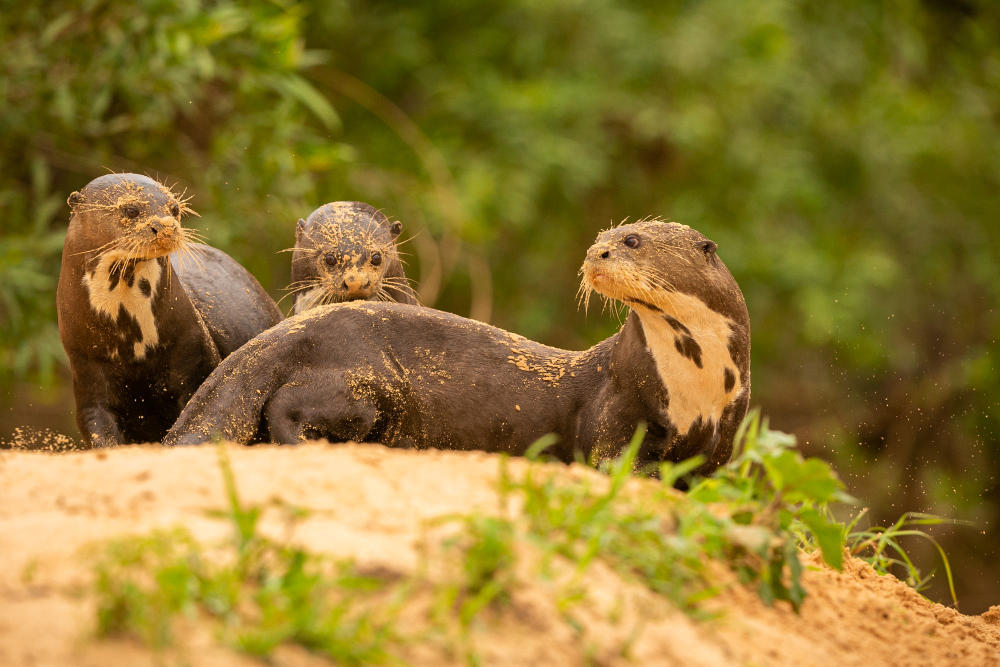
Females give birth to 1–5 pups after a 65–70 day gestation. The entire group helps raise the young, teaching them to swim and hunt. Pups stay with their family for 2–3 years and reach maturity at age 3. Their lifespan is 10–12 years in the wild, though habitat threats often shorten this.
5 Fun Facts About Giant River Otters
Here are 5 fun facts about Giant River Otters that you can add to your bag of information:
Largest of Their Kind: They’re twice the size of other otters.
Tool Users: They use rocks to crack open shellfish.
Breath-Holding Champs: Can dive for up to 8 minutes!
Noisy Neighbors: Their loud calls earned them the nickname “river wolves.”
Ecosystem Indicators: Their presence signals a healthy river.
Threats to their survival
- Pollution: Mercury from gold mining poisons their food chain.
- Poaching: Hunted for pelts until the 1970s; illegal trade persists.
- Overfishing: Reduces prey availability.
- Climate Change: Alters water levels and fish populations.
- Habitat Loss: Deforestation, dams, and mining destroy river ecosystems.
Fewer than 5,000 remain in the wild.
Conservation initiatives aim to protect their natural habitats, regulate tourism, and ensure prey availability.
- Protected Areas: The Amazon Protected Areas Program safeguards critical habitats.
- Anti-Poaching Laws: International bans on the fur trade.
- Community Education: Locals partner to reduce fishing conflicts.
How You Can Help Save the Giant River Otter
Support conservation organizations that focus on their protection, such as IUCN Otter Specialist Group or Rainforest Trust.
- Choose sustainable seafood to reduce overfishing.
- Spread awareness – Educate others about the ecological importance of Giant River Otters.
- Avoid products linked to Amazon deforestation (e.g., illegal timber).
- Shop at Artsefact: Part of the proceeds go towards wildlife and habitat conservation.
Giant River Otter Fact sheet
Would you like a Giant River Otter fact sheet?
Here’s how you can gain access:
- Sign up for our newsletter for exclusive updates and wildlife conservation tips (Your welcome email has your Password for the Portal)
- Visit https://artsefact.com/factsheets/ where you can access and download ALL Factsheets
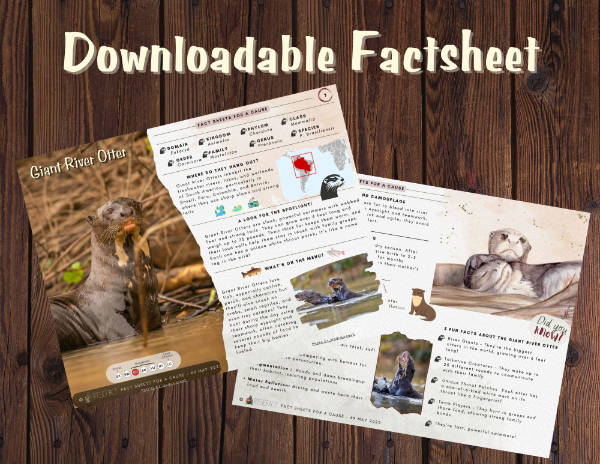
Resources
- The IUCN List of Threatened Species – https://www.iucnredlist.org/species/18711/21938411
- National Geographic – https://www.nationalgeographic.com/animals/mammals/facts/giant-otter
- Amazon Aid – https://amazonaid.org/species/giant-river-otter/
- World Land Trust – https://www.worldlandtrust.org/species/mammals/giant-brazilian-otter/
- iNaturalist – https://www.inaturalist.org/taxa/41845-Pteronura-brasiliensis
- New Forest Wildlife Park – https://newforestwildlifepark.co.uk/what-to-see-and-do/animals/giant-otter/


